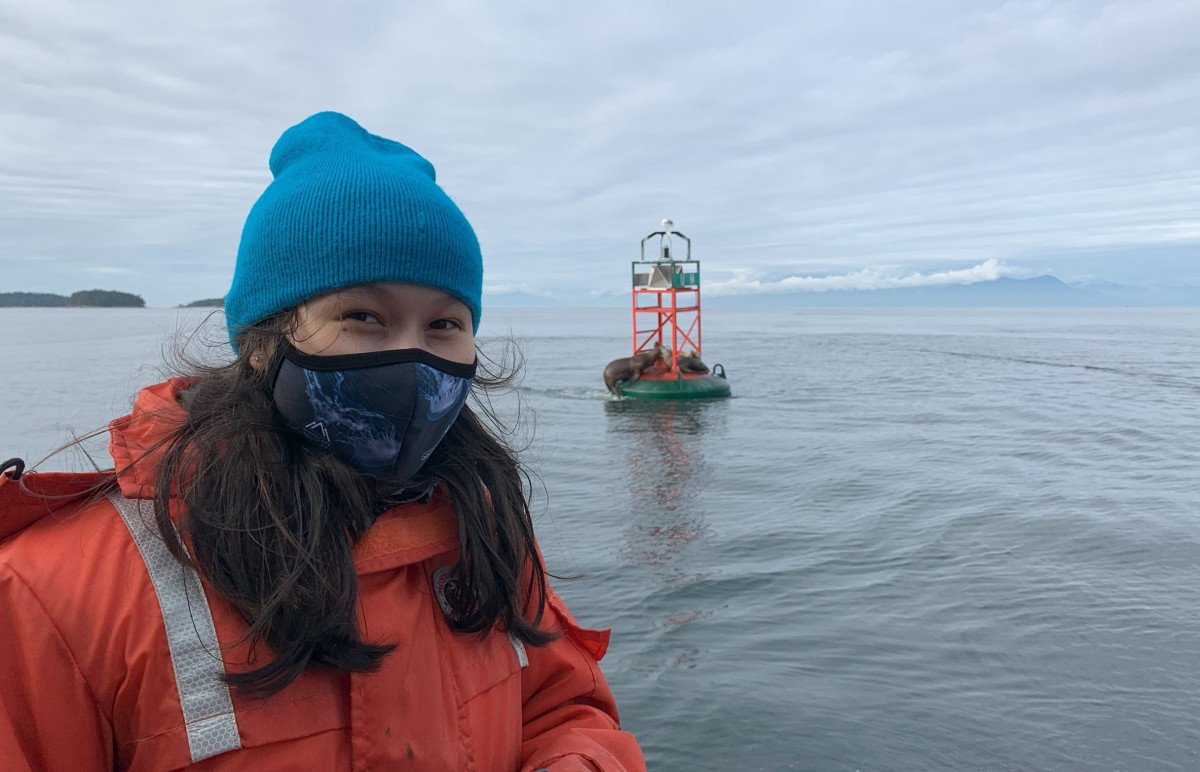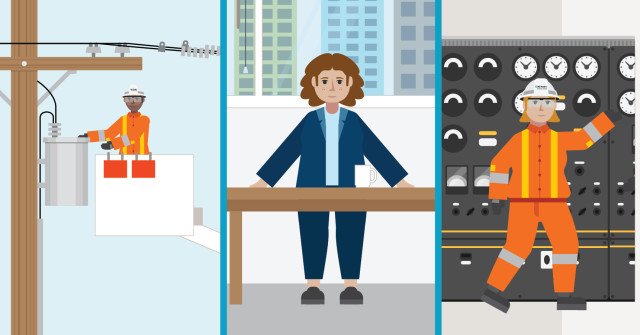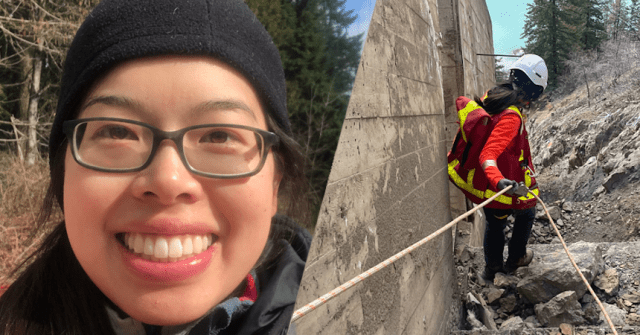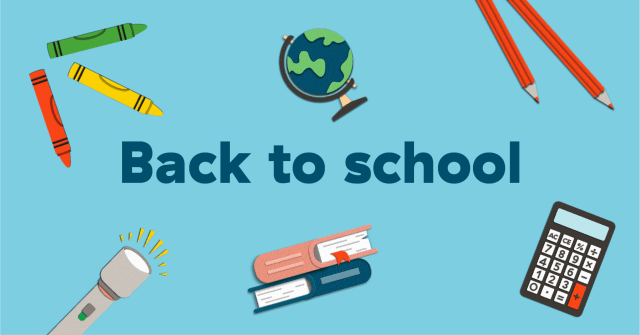Back in 2018, then 13-year-old Canadian Autumn Pelletier spoke in front of the United Nations General Assembly and told them it was time to ‘warrior up’ to protect water. A year later at the UN Climate Summit in New York, 16-year-old Swede Greta Thunberg, on the verge of tears, famously told the audience: “We are in the beginning of a mass extinction and all you can talk about is money and fairy tales of eternal economic growth. How dare you?”
B.C. environmental activists Emma Chu and Anna Erickson have never stood up to speak at a UN conference, but give them time. They’re both just 18, have been involved in activism for years, and are both first-year university students intent on making environmental policy development part of their respective careers.
“I think I've been interested in the environment for as long as I can remember,” says Chu, who co-founded Vancouver’s ORCA (Ocean conservation, Reform, Climate optimism, Action) Festival with her friend Anna Kovtunenko while still in high school.
“My parents took me to the aquarium and to the beach a lot when I was little and I just thought the ocean is so cool. And as I got older, I learned about all the threats to marine life, and thought ‘OK, what can I do about it?’”
At nine, Chu went to a Vancouver Aquarium summer camp, visited the Marine Mammal Rescue Centre, and two years later, was able to start volunteering at the rescue centre.
Erickson started even younger after learning about the threat to old-growth Douglas Fir trees in northern Vancouver Island. At seven, she and friend Abby McLuskey organized an event at a stand of trees at Victoria’s Royal Roads University, their classmates gathering to sing and make art that would be compiled for a book they got published: We Heart Doug.
In Grade 7, Erickson helped organize a protest that helped save a beloved local park from development. And by Grade 10, she helped organize Victoria’s student strikes as part of Thunberg’s Fridays for Future movement.
What turned keen interest in environmental causes into concrete action? We chatted recently with Erickson and Chu to get their perspectives on how they got started as activists, and how teachers can help encourage young people to take action on climate change.
What do young activists need? Resources, advice… and car rides
As Erickson tells it, teachers are always ready to help. You just have to ask.
“Honestly, I remember it being a lot easier than we expected,” says Erickson. “We just went up to our teachers with an idea, and they told us all the things we needed to make the [Douglas Fir] event happen. They were very supportive, along with parents – lots of parents– who volunteered to drive us to Royal Roads.”
Her advice to teachers? Answer kids’ questions, and provide them with resources for further study. She says that while B.C. schools do a nice job of incorporating climate change issues into the curriculum, keeners will want to learn more.
After Erickson got involved in the Fridays for Future (FFF) student strikes in Grade 8, she arrived at Oak Bay Secondary to discover that the school didn’t have a FFF club. So she asked counselors if she could form a club, found a fantastic teacher sponsor (her teacher mom), then discovered that there were some limits to what she could promote.
“We wanted to put up posters specifically about the walkout, but obviously, the administration couldn’t allow us to specifically tell people to walk out of the school,” she recalls. “But they supported the club.”
Chu says teachers recognized early that she had interest in the sciences and nurtured those passions. By the time she was in Grade 12, she found a teacher who went above and beyond, helping her pick universities to apply to and connecting her with teachers and friends to provide perspective on the opportunities out there. After spending years of activism with a focus on oceans, she chose the natural resource conservation program at UBC and has started with a focus on forestry, in part because of the field work that features the hands-on work she loves.
For Chu, the ocean activism rolls on. She’s on EarthEco International’s Youth Leadership Council, helping with programming and events in cities across North America. “We educated youth about ocean-based climate solutions in the buildup to COP28,” she says, referring to the 28th Conference of the Parties of the United Nations Framework Convention on Climate Change in Dubai in late 2023.
The role of media literacy and critical thinking
The BC curriculum leans in on critical and reflective thinking as a core competency. As early as Grade 3, student competencies include curiosity about the natural world, the collection of simple data, and an understanding and appreciation of evidence.
Sorting through information (and disinformation) on the likes of climate change in today’s media landscape is not an easy task.
“It’s a very tricky thing,” says Erickson. “Personally, I’ve had to delete and take time off social media, just because the amount of information being thrown in my face is sometimes overwhelming. And it can often be incorrect.”
Erickson initially enrolled in environmental engineering at the University of Victoria last fall, but recently switched to UVic’s new climate science program. She’s a fan of UVic’s campus radio station CFUV, which she sees as a reliable source of news and information. Chu says she’s careful to use what she calls “reputable sites” such as Global and CBC as her sources of news, and she dives into science journals for more in-depth information on topics of interest.
Chu is optimistic that young people in Canada are ready to vote and willing to make changes in their lives to walk the talk. She sees her friends starting to choose Ocean Wise seafood, limit the amount of meat they eat, and avoid buying plastics when they can.
“A lot of my friends just turned 18 and can vote now,” she says. “We need to be educated about our choices, and we need to be aware of which policies leaders are supporting. I think it’s great that people seem to be starting to care, and that my friends are taking larger and smaller scale actions.”
Power Smart for Schools activities for the budding activist
Especially for students keen on science, sustainability and climate change, BC Hydro’s Power Smart for Schools offers a variety of activities that can engage students on topics closely related to the BC curriculum.
Global citizenship and climate leadership (Grade 6)
Over three different activities, students explore the origin of the United Nations and its relevance in today’s world.
Inspiring climate action posters (Grade 7)
After watching a short video clip of Swedish environmental activist Greta Thunberg, students design and create a poster to inspire climate action.
Getting to school the green way (Grade 7)
Using Google Maps, students compare their options for getting to and from school, identify factors involved in our transportation choices and then decide which one is the most sustainable.
Nature connections (Grade 7)
After watching a video about Indigenous Nations connection to their land and place, students think about a special place in nature and share their thoughts.
Climate change policies (Grades 10-12)
Students use a jigsaw activity to discuss what they know about government policies and learn more about how specific policies can help fight climate change.
Sustainable transportation (Grades 11-12)
After watching a video about sustainable transportation plans around the world, students in groups develop recommendations for vehicles, public transportation and active travel for your own community.
Conserving water and protecting wildlife (Grade 1)
Students play a game to identify water saving and wasting habits, and discuss how water conservation helps wildlife by protecting their habitat.
How can we effectively communicate scientific ideas? (Grade 11)
Students use criteria and a thinking strategy to create a social media post that effectively communicates scientific ideas.
Coding safety messages (Grades 4-7)
Using Scratch, a free computer coding platform, students code a safety message to help teach others to stay safe.






